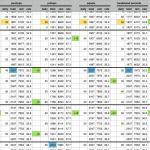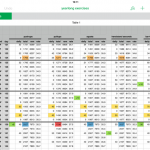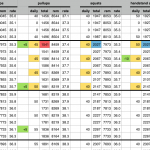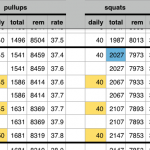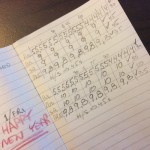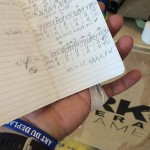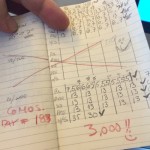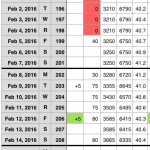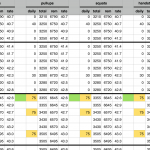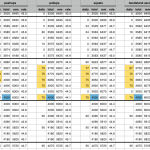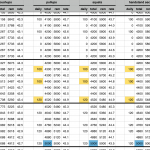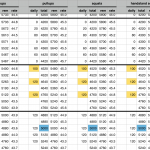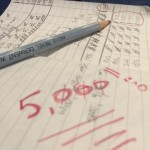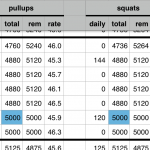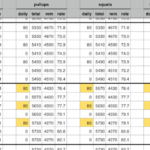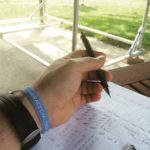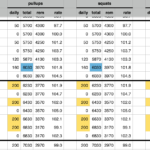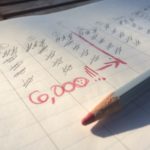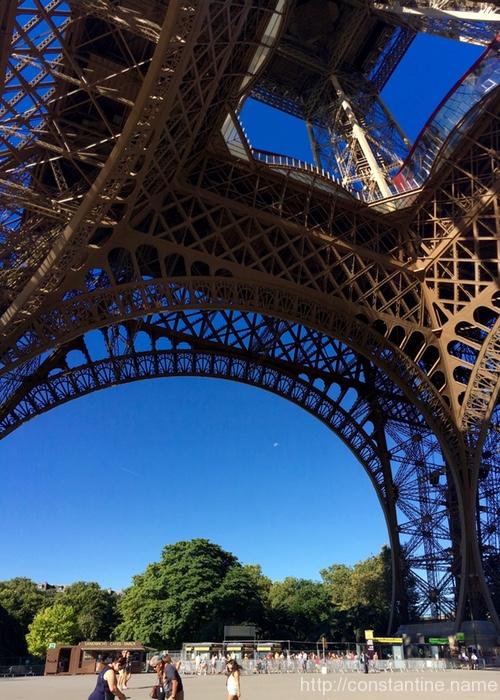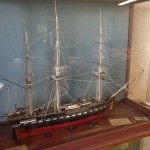At this point I’m resigned to my nature being unchangeable. I need structure to work within, and I cannot suffer long stretches of boredom. I’m comfortable knowing that at least some of what I do makes the world a better place; I’m comfy with my internal validation. I also know that if I start to focus too much on making money I lose my spark. What I’m left wondering is wether there is some thing focused enough that people could dig in and follow (in the sense of deeply understanding the thing, my motivations, and my goal.) I’m certain however, that without that clear thing I must continue to explore and satisfy my curiosity, and not focus overly on monetization.
If you’re thinking about running a membership program, you’re probably a bit wacky. Everything I write about membership programs should be filtered through the lens that: I live a somewhat uncommon, sometimes extremely wacky life. It’s good to keep that in mind. My work is mostly, inherently, non-commercial. Or less commercial than it might be “optimized” for. When people ask me: Who are you? What do you do? And I tell them — I walk, I write, I photograph, I make books, I run a membership program. Their suspicion is plainly visible: No, but what do you do to survive? As if the soul itself wasn’t a thing to be nourished. This is survival, I want to say.
~ Craig Mod from, Running a Membership Program: Four Years In — by Craig Mod
slip:4ucaea2.
I’ve tried several times to create membership systems around passion projects. The core problem I encounter is that bolting on a membership system creates in- and out-groups. Any passion project I’ve had feeds that passion through my connections to the other people who engage. The in-group has always been too small to sustain my passion. If you wish you can support my work. But for the foreseeable future, I’m focusing on the passion and not the monetization.
ɕ


